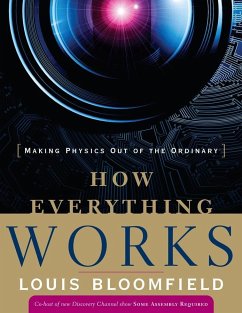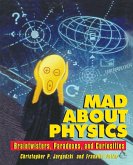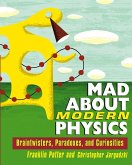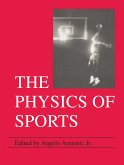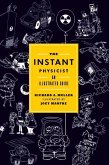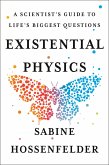A user's manual for our everyday world!"Whether a curious layperson, a trained physicist, or a beginning physics student, most everyone will find this book an interesting and enlightening read and willgo away comforted in that the world is not so strange and inexplicable after all."--From the Foreword by Carl Wieman, Nobel Laureate in Physics 2001, and CASE/Carnegie US University Professor of the Year 2004If you didn't know better, you might think the world was filled with magic--from the household appliances that make our lives easier to the CDs and DVDs that fill our world with sounds and images. Even a simple light bulb can seem mysterious when you stop to think about it.Now in How Everything Works, Louis Bloomfield explains the physics behind the ordinary objects and natural phenomena all around us, and unravels the mysteries of how things work. Inside, you'll find easy-to-understand answers to scores of fascinating questions, including: How do microwave ovens cook food, and why does metal sometimes cause sparks in a microwave? How does an iPod use numbers to represent music? How do CDs and DVDs use light to convey information, and why are they so colorful? How can a CT or MRI image show a cross-sectional view of a person without actually entering the body? Why do golf balls have dimples? How does a pitcher make a curveball curve and knuckleball jitter about in an erratic manner? Why is the sun red at sunrise and sunset? How does a fluorescent lamp produce visible light?You don't need a science or engineering background to understand How Everything Works, all you need is an active curiosity about the extraordinary world all around you.

